- 🎮Indie game dev
- 💬Adding content to programming.dev
posting things from the 160+ rss feeds I follow. You should see me post links in two chunks for when im reading stuff, once in the morning and once in the evening ET. If you want some of my sources for certain communities feel free to dm
- 619 Posts
- 53 Comments
Tried looking. According to one of the users who posted it its by 0x00 whos the person who made floor 796. All things I can find relating to them are floor 796 related though and can’t find where this was originally posted
Heres floor 796 though if anyones interested https://floor796.com
For self hosting there’s also Forgejo which is a fork of Gitea
Thats what Codeberg uses
Its in the embedded tweet
Stands for progressive web app which is an app which uses web technologies. Can be both a web page and a mobile app on a phone. Can be added as an app to your phone through a browser rather than downloading it from an app store
Lemmy is indexed so can be found on search engines while discord cant
For internal search without using a search engine discord has had way more devs, time and money thrown at it. Still would say its barely better than lemmy (just is cause of the time filters)
Also misskey and the main forks (iceshrimp, sharkey)
sublinks
not technically released yet but I assume it will in some form before the next canvas. Should be relatively easy to support since it has lemmy api compatibility on release
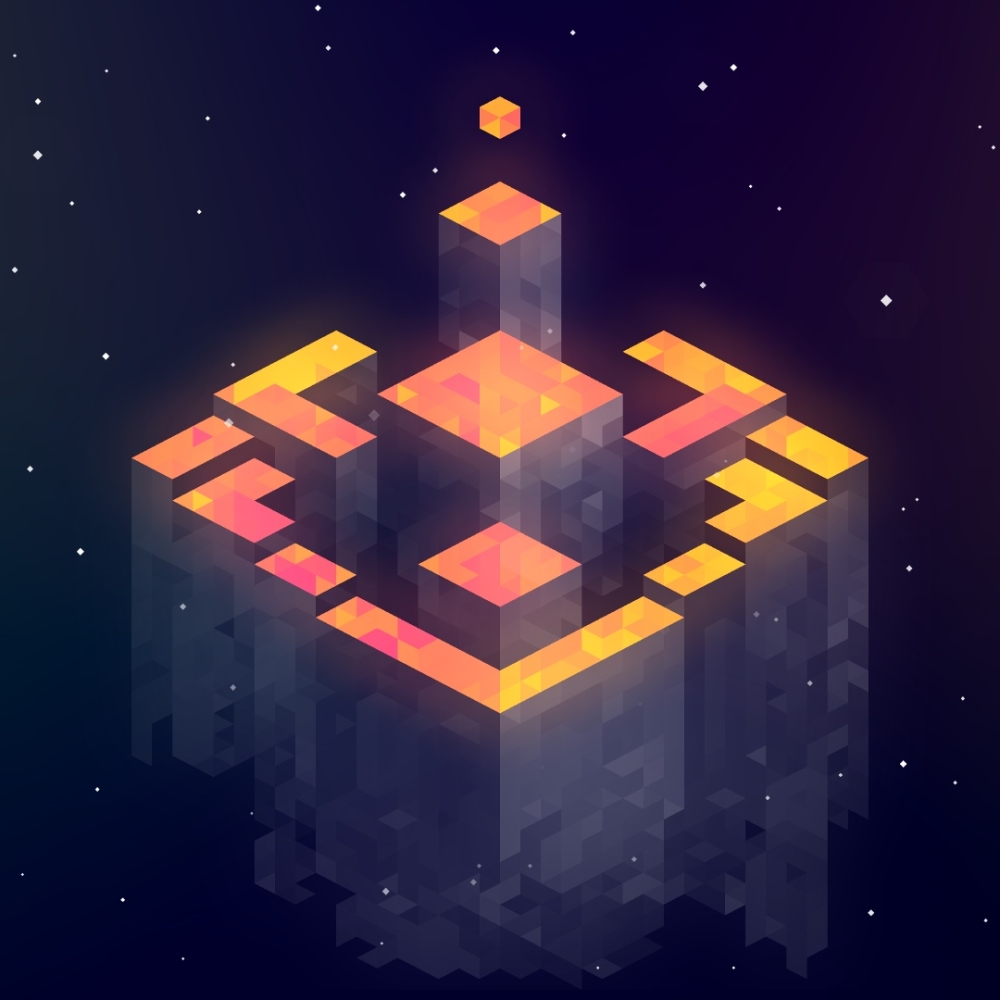
 3·5 months ago
3·5 months agoCode blocks got updated in 0.19, lemmy.world is still on a 0.18 version
Image in the tweet for those who dont want to click
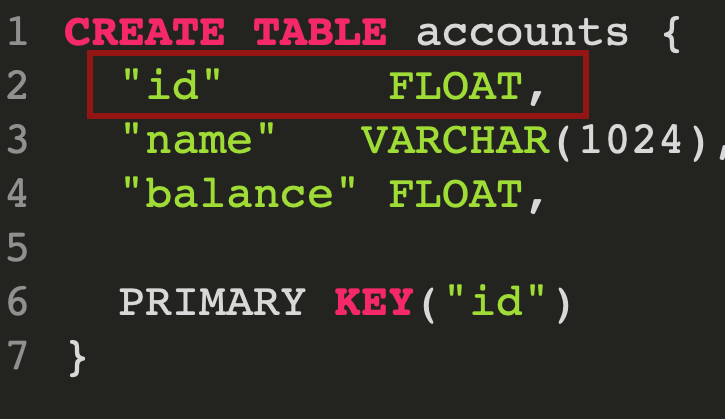

 4·5 months ago
4·5 months agoSubreddit had 3 posts within the last month so not that far off tbh
I can look for some post sources to give the community here some more activity
Letting you know that the attached file seems to be broken. Doesnt show when visiting it
Edit: ok for some reason its working for me now, just doesn’t have a preview
Theres a community for it over at !bevy@programming.dev for anyone interested in it :)

 6·5 months ago
6·5 months agoNah not mine, just one I found and thought was pretty cool. Added the source to my rss reader and probably gonna post more from them in the future
Also @popcar2@programming.dev, dont know if you know already but they showcased GodotOS in here
https://github.blog/2024-01-18-game-bytes-january-2024/#go-go-gadget-godot-operating-system

 2·5 months ago
2·5 months agoConverting ampersands to say amp instead is a bug that got fixed in version 0.19, world hasnt upgraded yet though

 3·6 months ago
3·6 months agoYou can edit font colors from the theme, theme override or by using modulate
Theres a function called set_color in the theme
docs: https://docs.godotengine.org/en/stable/classes/class_theme.html#class-theme-method-set-color
Canvas items have a modulate property that can be set to a new color to tint the element
For this I would do the modulate route

 5·6 months ago
5·6 months agoWhen the draw function calls itself it yields control to that new function its calling. When that function ends it takes back control and continues doing what it was doing.
This means all of the for loops in all of the functions will execute. Draw(1) will do the for loop and then return as it hits the end of the function (standard behaviour when you reach the end of a function even if theres no return statement). Then draw(2) will do the for loop as it gets back control now that draw(1) is done and then return, etc. all the way up
All parts of a function are recursive, theres no such thing as a non recursive part

 7·6 months ago
7·6 months agoThis code has a recursive call (function calls itself) within the function so that has to be taken into account when tracing it
This would make the function execute multiple times so the for loop would end up executing multiple times.
Lets say main calls draw with a height value of 10 (draw(10)). First it sees that n is greater than 0 so it keeps going. Then it calls the draw function with a value of 10 - 1 aka 9. Now its executing in the draw(9) function. Greater than 0 so continues and calls draw(8). etc. all the way down to draw(0) where it sees that n is equal to 0 so returns out of the function due to the return statement.
Now that draw(0) finished executing draw(1) can keep going and goes to the for loop. Here it prints 1 # and then prints a new line (and then returns since it hit the end of the function). Now that draw(1) is done draw(2) can keep going and prints 2 #'s and then prints a new line (and then returns). This keeps going all the way up to the initial draw call, draw(10) which prints 10 #'s and then a new line, returns, and then the main function keeps going but theres nothing after that so it returns and the execution ends.
The effect from coming back after the recursive calls makes it seem like n is increasing but its just different calls to the same function. i is taken into account for but printing the amount of #'s since thats whats within that loop








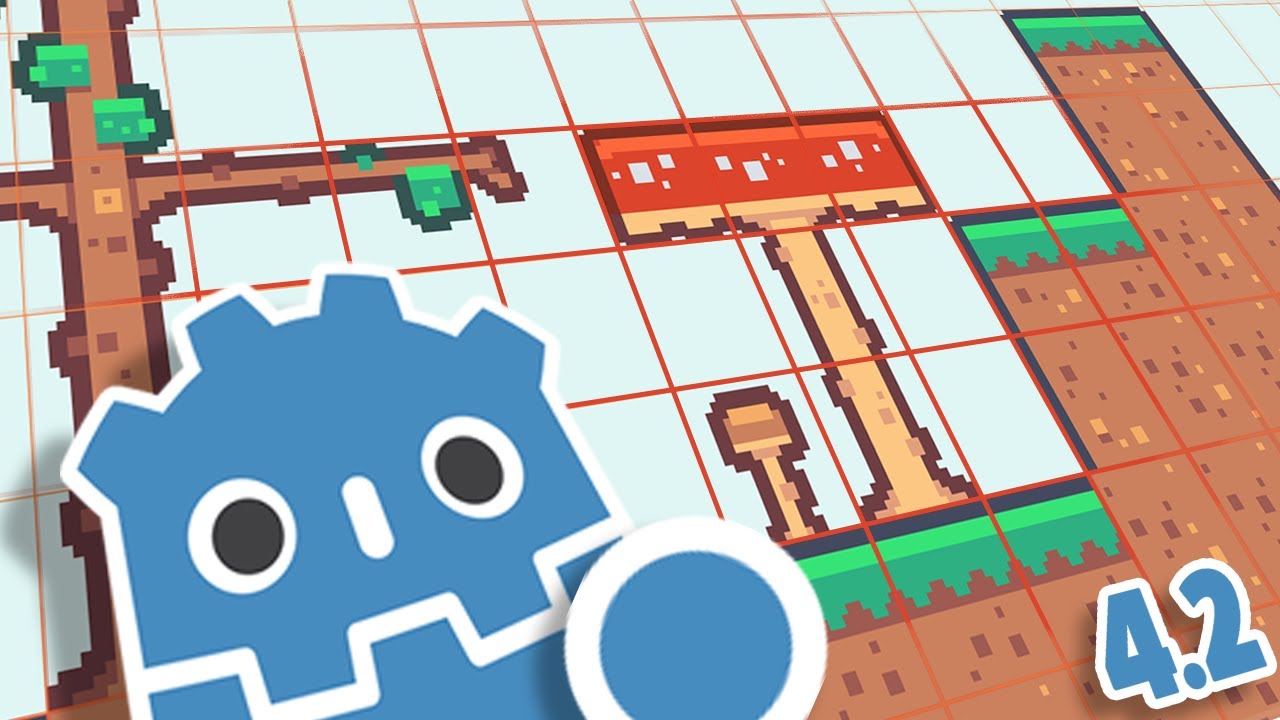








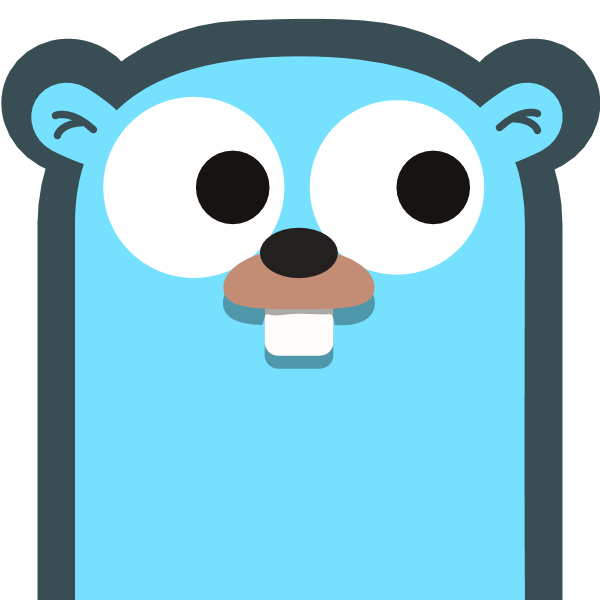

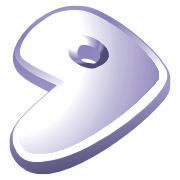




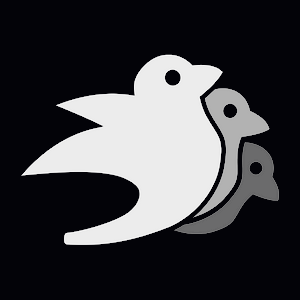
I dont know how larger games do it but it mostly depends on what kinds of enemies and what genre of game youre doing.
If you have a lot of enemies that will be spawned and despawned and they are mostly the same you can do an object pool where instead of destroying the object it gets hidden and added to the back of the pool for another enemy to spawn in as in the future by showing it and moving it to the correct spot
In terms of when to spawn it usually (assuming youre doing most genres) you can just spawn it right outside the view of the player when they hit a trigger. In games I usually make enemies are spawned on a timer since it tends to be more arcade like and in that case you usually just spawn them outside the range of the player in a random location around a radius after X amount of time has passed
Can give more specific things if I know the genre
Also downvote is likely someone from the all feed